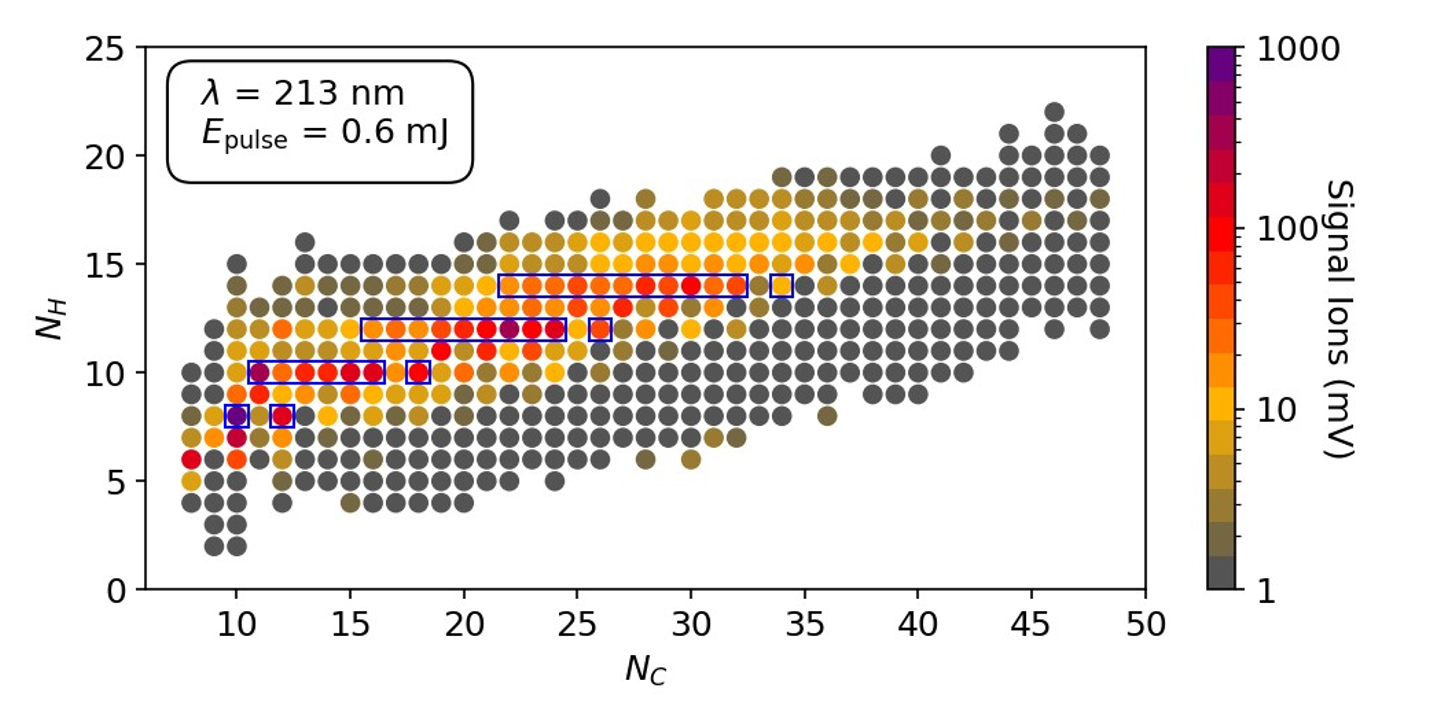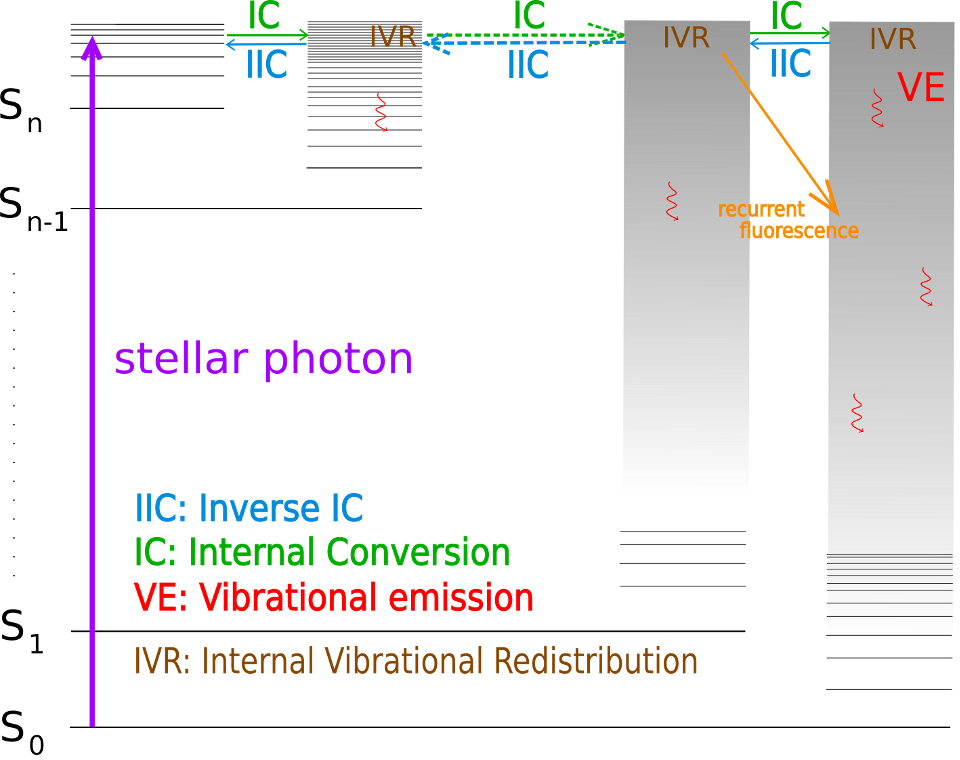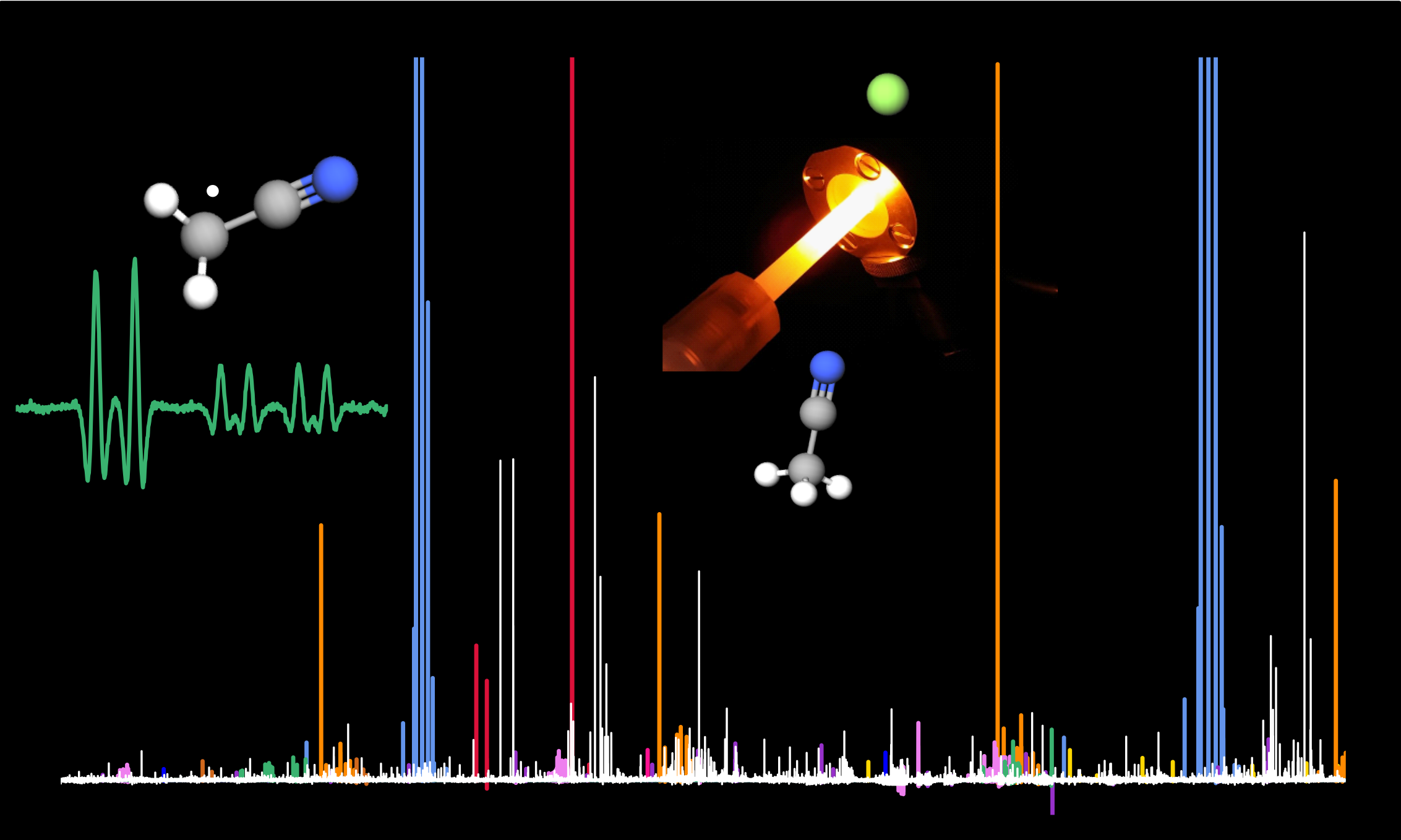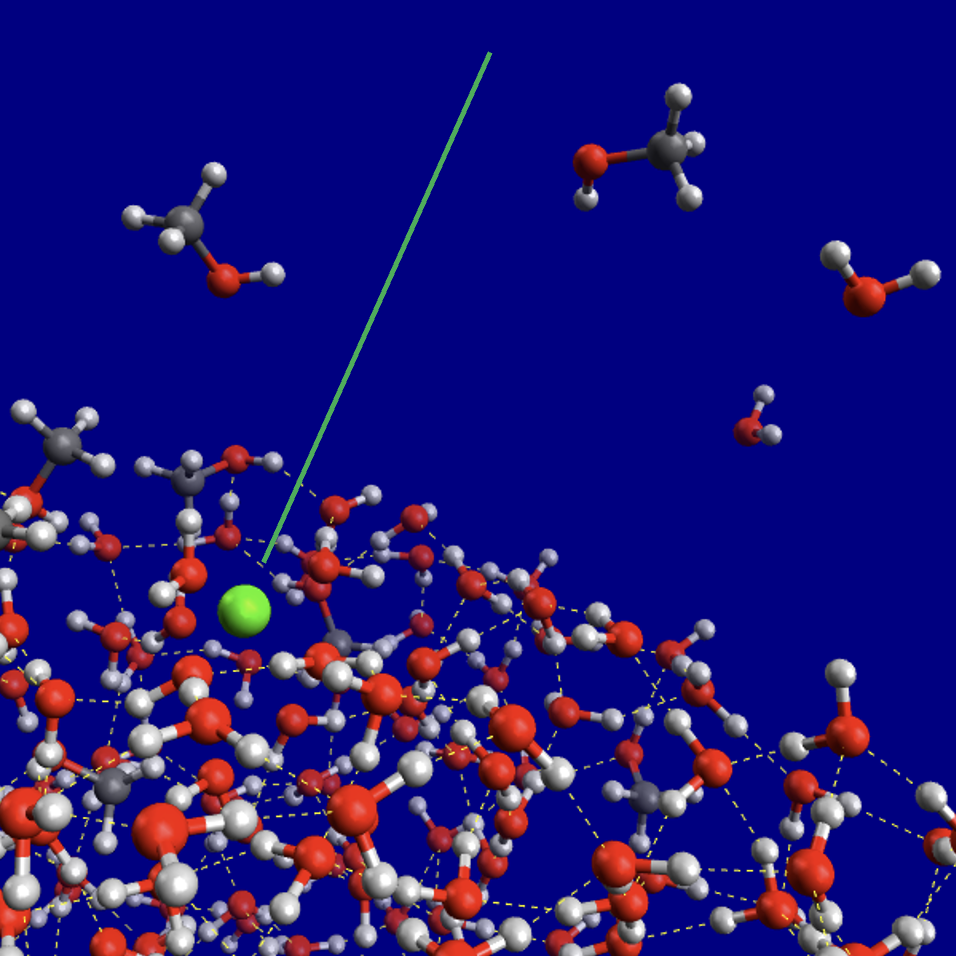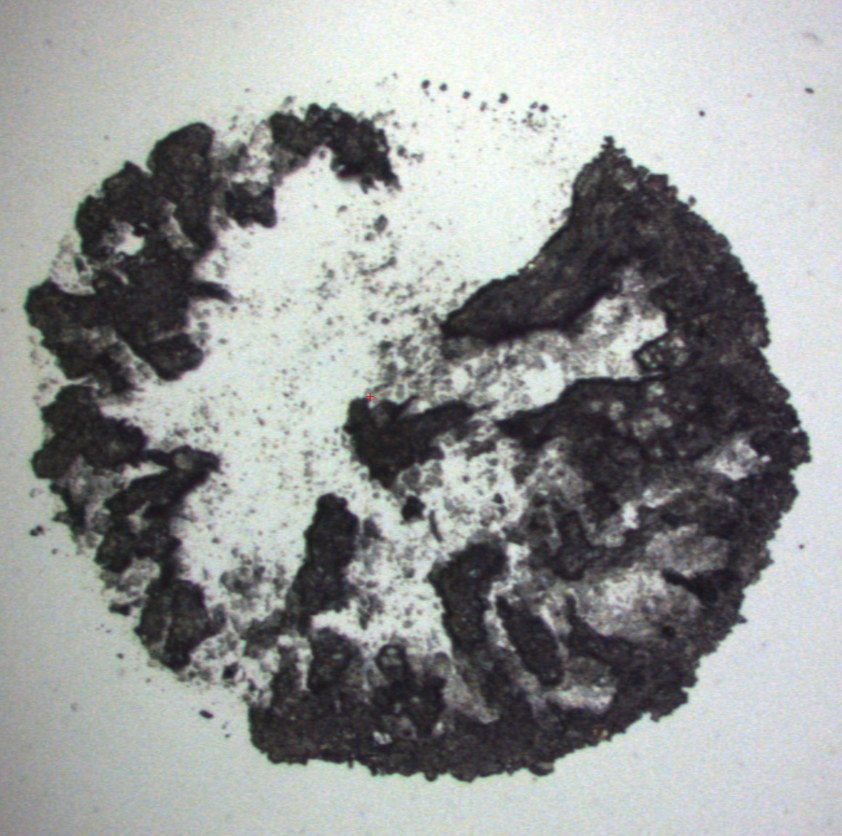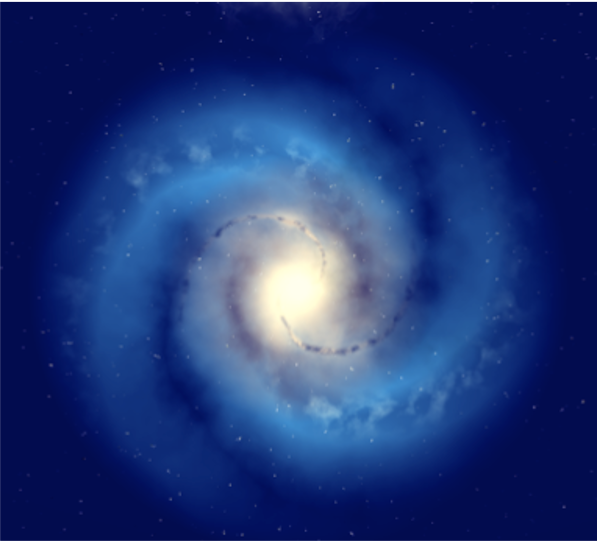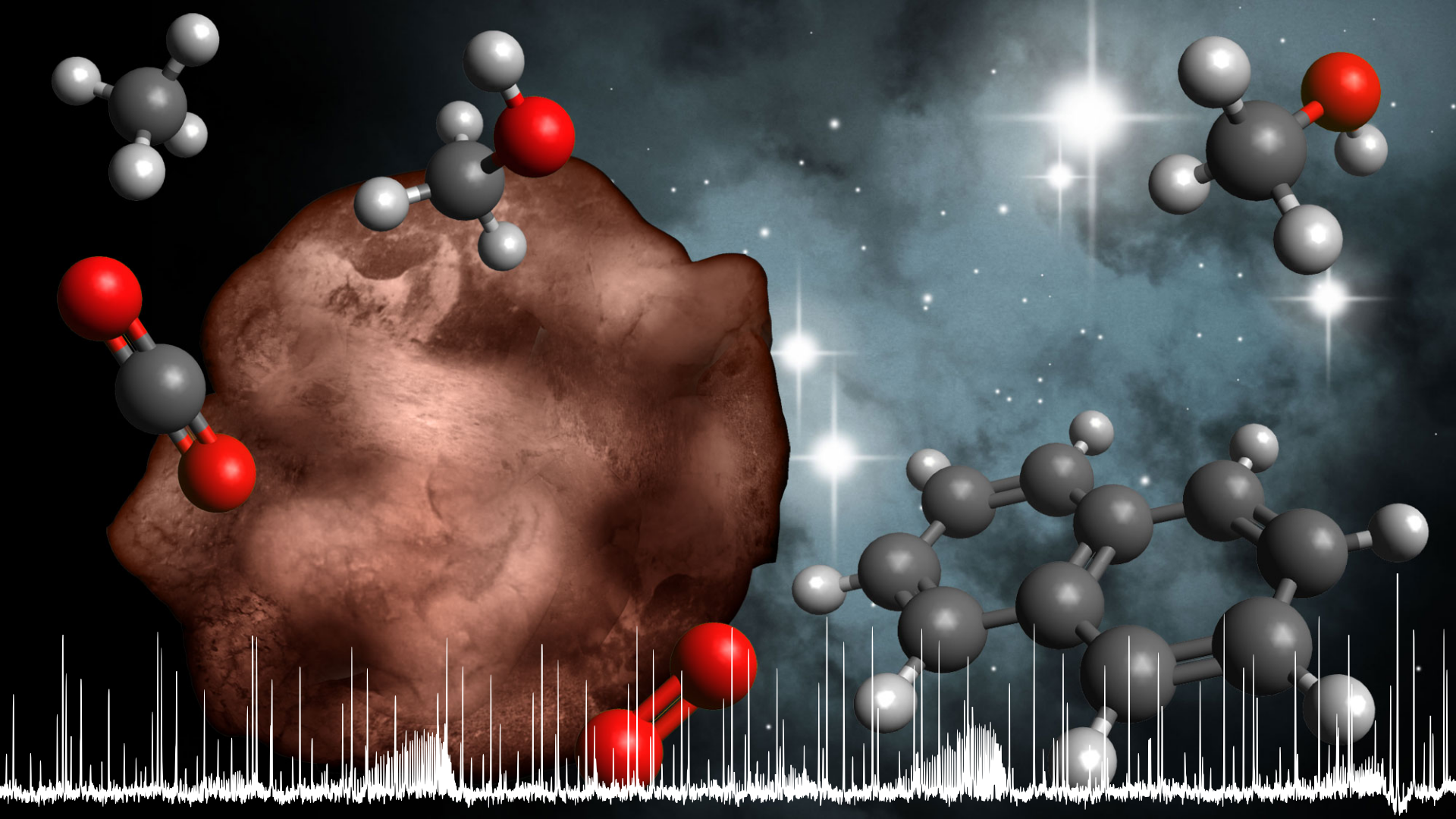PAHs and derivatives
UV-visible spectroscopy
Interstellar bump
Laboratory flame
Laser spectroscopy
Light-matter_en
Vibrational and electronic dynamics of large molecular systems
Radiation emission
Photoisomerization
Photodissociation
Reactivity
Molecular dynamics
Vibrational dynamics
Molecular photophysics
Interstellar molecules
Rotational Spectroscopy of Molecules of Astrophysical Interest
High resolution
Instrumental development
Radical species
ions
PAHs
Millimeter wave
THz
Infrared
Simulating cosmic ray irradiation
Galactic cosmic rays
Energetic ions
Ion-matter interactions
Radiolysis
Carbonaceous grains
Interstellar ices
Mid-IR spectroscopy
Mass spectrometry
Electronic sputtering
Interplanetary dust characterization
Extraterrestrial samples
Interplanetary dust
Micrometeorites
Asteroids, Comets
Physico-chemical
characterisation
Innovative spectroscopies
Interstellar dust: composition and lifecycle
Dust characterisation
Interstellar analogues
Carbonaceous molecules/solids
Interstellar ices
Astronomical observations
(JWST, ALMA, etc.)
Radiative transfer
Combating sepsis: pathogen detection and biocidal surfaces
polymers
BODIPY
bacteria
sepsis
biocide surfaces
luminescent nanoparticles
ratiometric measurements
spectral imaging
lifetime imaging
Photophysics and photoacoustic imaging of contrast agents
Nanoparticles
polymer
lipids
BODIPY
absorber
Photoinduced processes in solar energy conversion
charge transfer
charge accumulation
energy transfer
transient absorption
time-resolved Raman spectroscopy
Spectroscopies applied to astrophysics
The electronic, vibrational and/or rotational structure of a wide variety of species of astrophysical interest (molecules, grains, solids) is studied using radiation ranging from millimetre wavelengths to the vacuum ultraviolet.
Read More